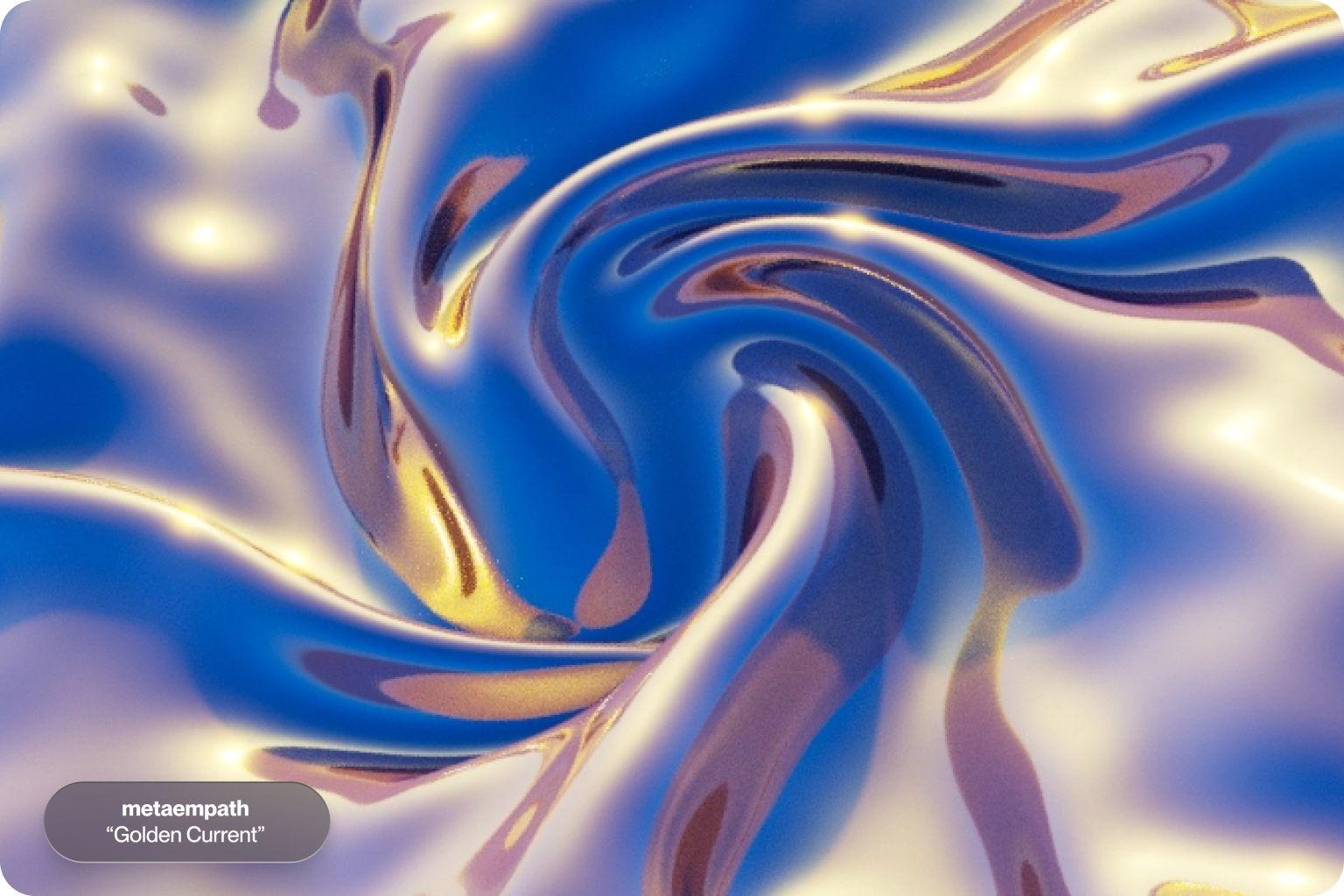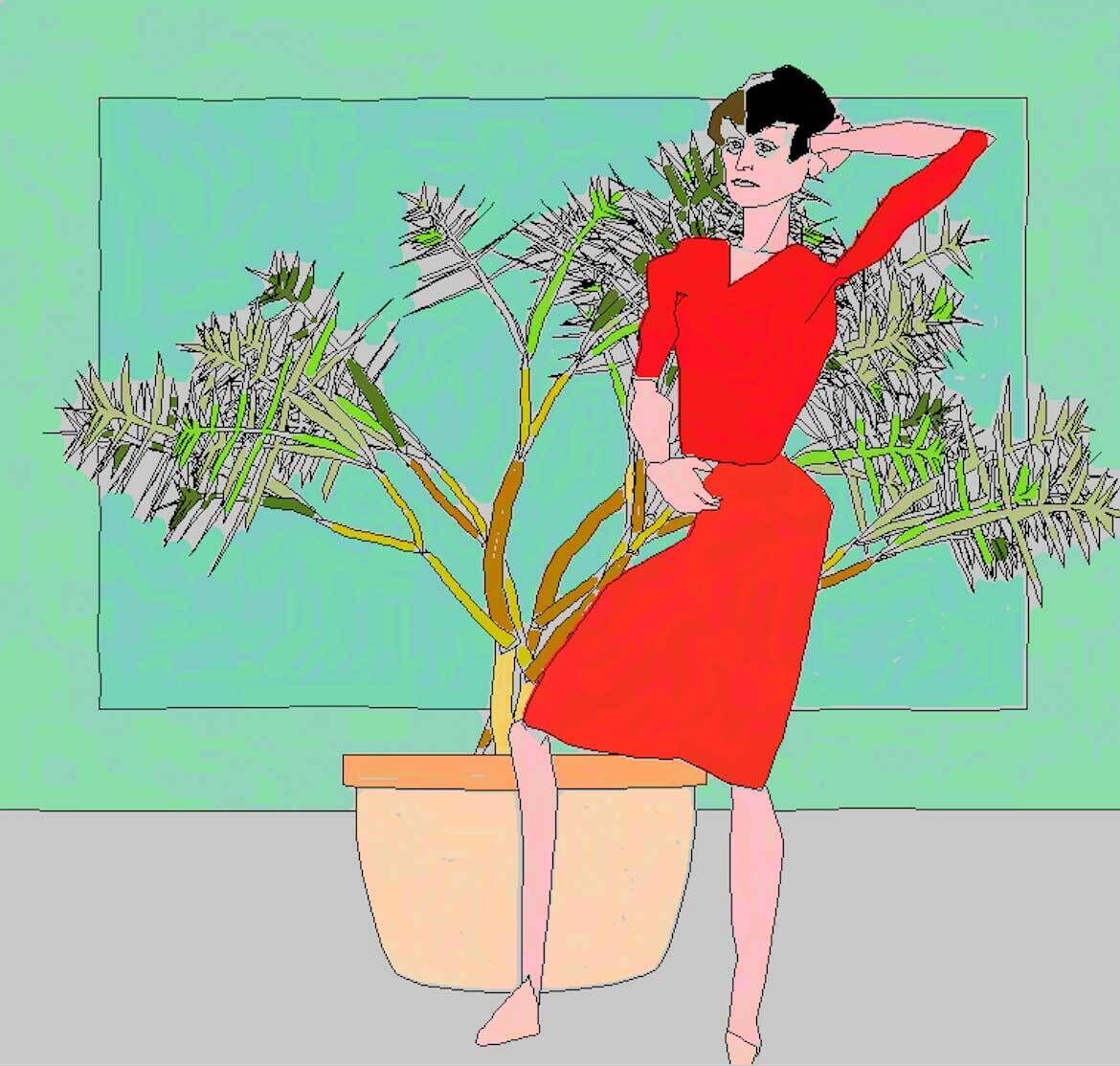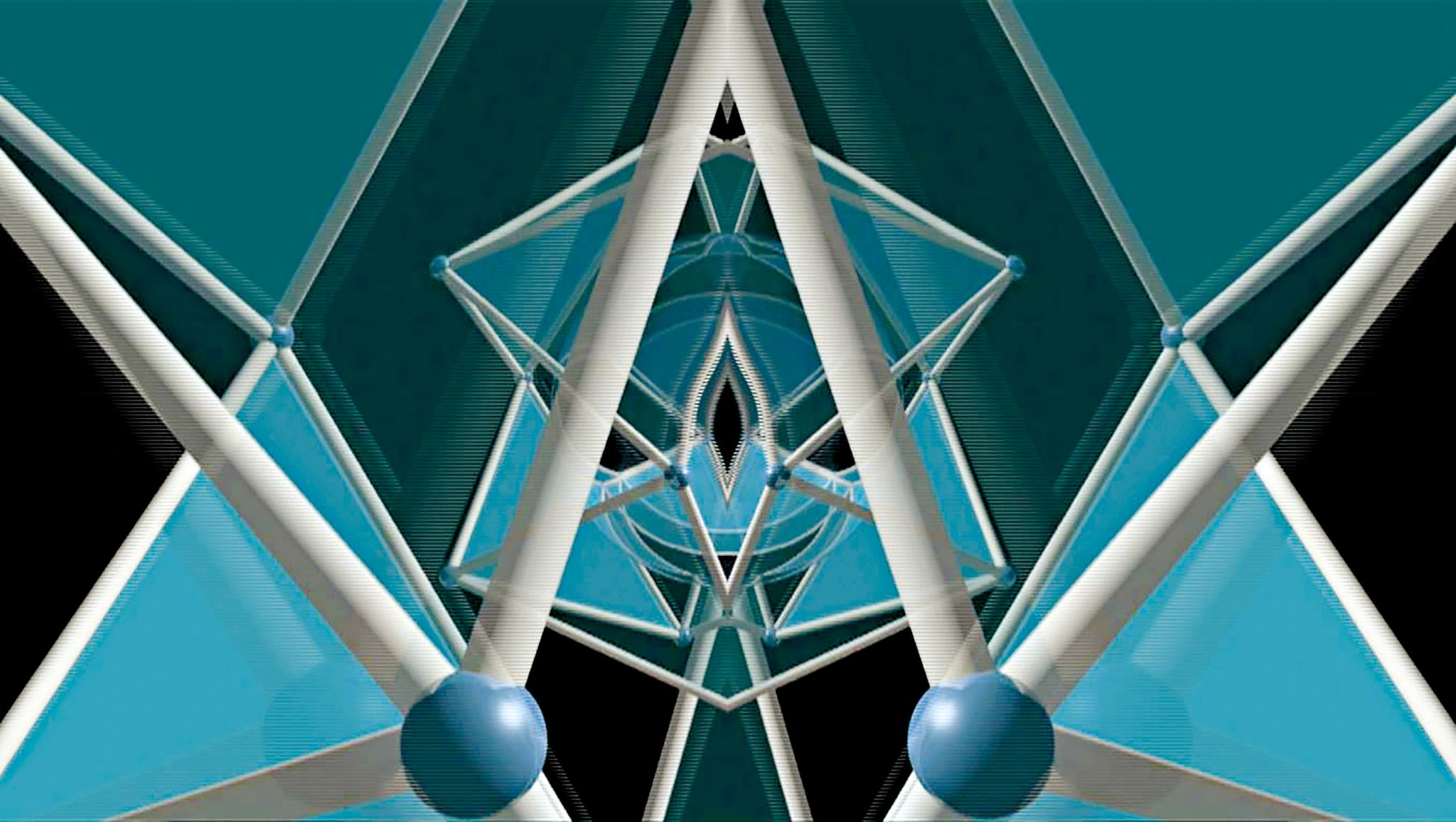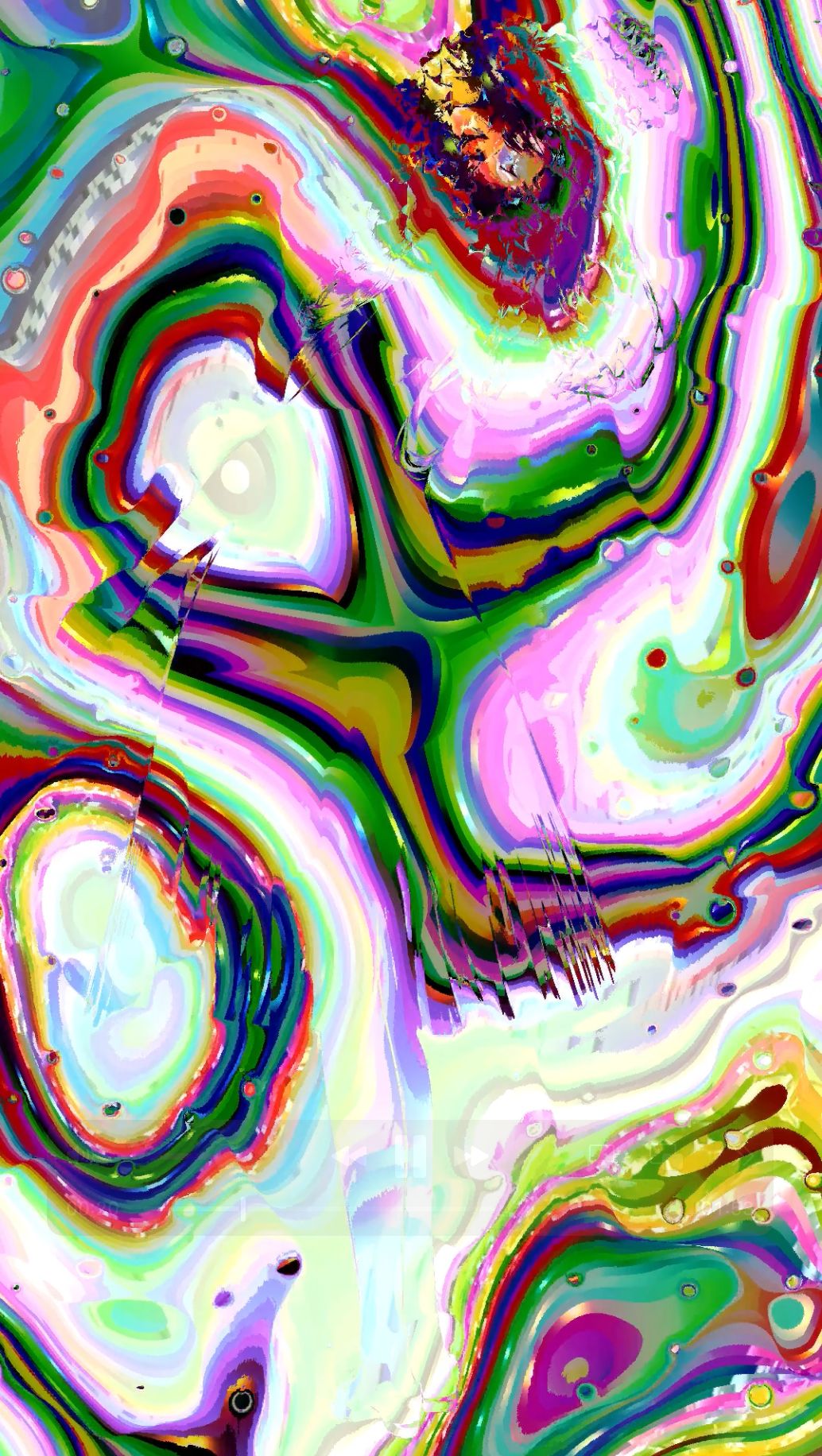From Grid to Grit: The Untold Story of Computer Art by Olena Yara
 Anna C.
Anna C. 
From Grid to Grit: The Untold Story of Computer Art by Olena Yara
Most days, scrolling through AI-generated images marketed as “art” feels like déjà vu gone wrong. Generic outputs have flooded the internet—and, sometimes, I want to give up. Art and tech? Maybe they just don’t go together.
Thanks for reading. Goodbye.
But wait. After the initial feeling, a question emerges: _Is that really all computer art can be?
_I’ve always believed otherwise. So to prove that tech can be art’s co-conspirator, not just its algorithmic echo, I curated a collection called From Grid to Grit.
Available here: https://nft.theyaragency.com
This collection tracks the evolution of computer art, from the computer art pioneers of the 1980s to today’s generative artists. It’s an homage to the digital edge, the glitch, the line of code that started it all. But before I could write this curatorial statement, I had to dig deeper: when did it all begin?
The Origins of Computer Art
 (Image: https://whitney.org/events/weekend-member-mornings-cohen-3 )
(Image: https://whitney.org/events/weekend-member-mornings-cohen-3 )
Computer art didn’t start with prompts or presets. It began in the 1950s and '60s, with artists in the US and UK simply experimenting. Central Europe followed more slowly, partly because digital preservation requires more than servers. It demands care, systems, and a new kind of archival responsibility.
In this collection, I was lucky to work with three pioneering artists who’ve been coding and creating since floppy disks were king.
Victor Acevedo
 (Image: https://nft.theyaragency.com/artwork-6807-psychedelicportals03/)
(Image: https://nft.theyaragency.com/artwork-6807-psychedelicportals03/)
One of the earliest adopters of digital tools, Acevedo began working with pre-Windows software in the early '80s. His piece Abstract Spheroid (2024), created using AI, sold during presale. Another work, Psychedelic_Portal_s03, offers a portal-view from inside a shifting cuboctahedron.
Michael J. Masucci
Masucci has been producing digital and multimedia art since 1980. His piece Standing Waves #1 (1982) is an analog-digital hybrid created using an 8-bit Atari 800 computer, an Atari Video Synthesizer, and vintage video tech. It’s abstract, hypnotic, and was screened at Los Angeles nightclubs and the American Film Institute in 1984.
How It's Going: The Now of Computer Art
 (image: https://nft.theyaragency.com/artwork-6629-innocence/ )
(image: https://nft.theyaragency.com/artwork-6629-innocence/ )
From there, we jump into the present with artists who are still stretching the limits of code and creativity.
- Fernando Cabral: builds immersive textures using millions of circles and pure JavaScript
- Fabián Buitrago: translates generative systems into physical, structure-driven paintings
- Nicu Popescu: blends projection-based installations with generative visuals
- Nygilia: offers vivid digital meditations on identity and transformation
- 446f6d: trains a system on nothing at all, creating pure generative abstraction — no scraping, no memory, just original machine thinking.
- NISCHEOM envisions futuristic, sustainable couture through AI, drawing from sci-fi and dreams to imagine what design might look like in 2050.
- Dr. Mindset works with prompt-based generative imagery layered with political weight. One work in this collection incorporates the quote “Having had nothing, I will not settle for crumbs” by Roxanne Dunbar-Ortiz, paired with decaying consumer objects and a surreal floating television, addressing dispossession, consumption, and cultural resistance.
Why This Matters
Every time your feed floods with poor AI-generated works, remember: computer art has range. It can be poetic, complex, physical, political. It can reflect you.
There’s grit behind the grid — and in this collection, maybe something will resonate with you, the reader.
Thanks for reading.
(Okay, now, goodbye.)



